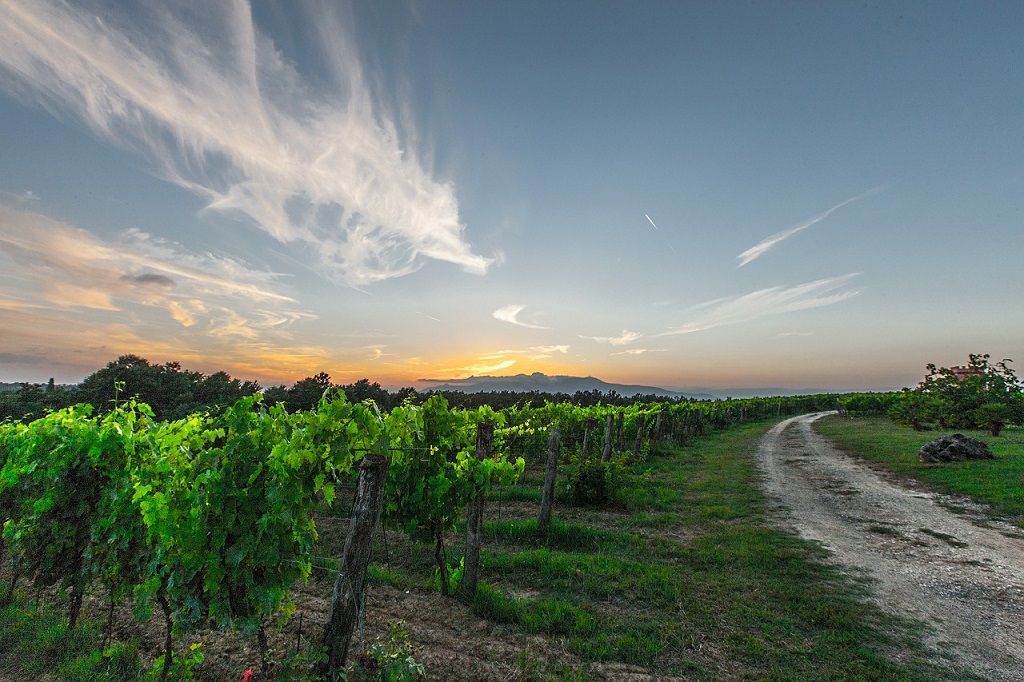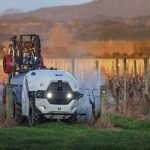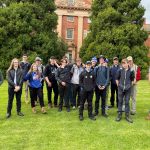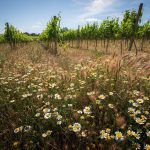Artificial intelligence and computer vision have advanced in leaps and bounds in the past decade. Now, Australian winegrowers are primed to add these technologies to their arsenal.
Throughout the course of a season, vineyard owners are faced with various decisions about how to manage their grapevine canopies, such as where and when to prune branches or apply fertiliser. These decisions ultimately affect the quality and yield of their harvest.
Increasingly, winegrowers are relying on a suite of sensors, probes and cameras to monitor their vineyards and support decision-making. The better the data, the greater their competitive edge.
Ground-based vision systems have been around for a while. Mobile apps like VitiCanopy allow growers to quickly assess the size and porosity of their canopies from a single photograph.
But now, researchers at the University of Adelaide have developed a new canopy surveillance system with more advanced computer vision than ever before.
“The artificial intelligence behind this new system can detect more than just canopy development,” explained Professor Javen Shi, a co-lead on the project.
“It can estimate many other key indices as well, such as pruning weight and the number of buds or shoots on the vine.”
The researchers harnessed the latest advancements in machine learning to boost the accuracy of their AI’s predictions.
“By using cutting-edge deep learning techniques, we added robustness to our predictions that combat small sample sizes and all the variation you get among images captured,” continued Shi.
The VitiBox is a portable black box that is easily mounted on a quad bike, tractor, or ATV. The box contains a physical RGB camera (and additional RGB and thermal cameras, if you opt for Vitibox +) that continually take snapshots of the vines around them.
The cameras utilise RTK geo-positioning to sense where they are in space, down to just a few centimetres in accuracy. This is a step above the 3 to 5 metre accuracy achieved by GPS alternatives.
Once captured, the location-bound images are processed in the cloud, where powerful algorithms convert them into key indices of the vine canopy.
These include not just plant area index (PAI) and plant leaf temperature, but also pruning weight, bud count, and inflorescence and shoot number.
Such a granular view of grape vines was achieved by training the algorithms on a library of 175,000 images, collected across several grape varieties in the Riverland wine region. Expert viticulturists annotated the images and ground-truthed the AI’s predictions.
In essence, the VitiBox packages up the expertise of seasoned viticulturists within a scrupulous surveillance system that can collect data even during incidental drive throughs.
Like all aspects of the VitiVisor project – a $3 million research undertaking by the University of Adelaide, Riverland Wine and Wine Australia – the VitiBox was designed with growers in mind.
“It’s cheaper, more flexible, and more versatile than existing systems,” said co-lead Tien Fu Lu.
“It’s easily reconfigurable – you can connect multiple RGB cameras, thermal cameras, and even Lidar sensors. It’s really up to the growers what kinds of data are important to them.”
The research team are hopeful that the product will help Australian winegrowers stay ahead of the curve, and fully embrace the revolution of precision agriculture.
The ground-based vision system is available from the open source platform Hackster.io
Are you a Daily Wine News subscriber? If not, click here to join our mailing list. It’s free!





















